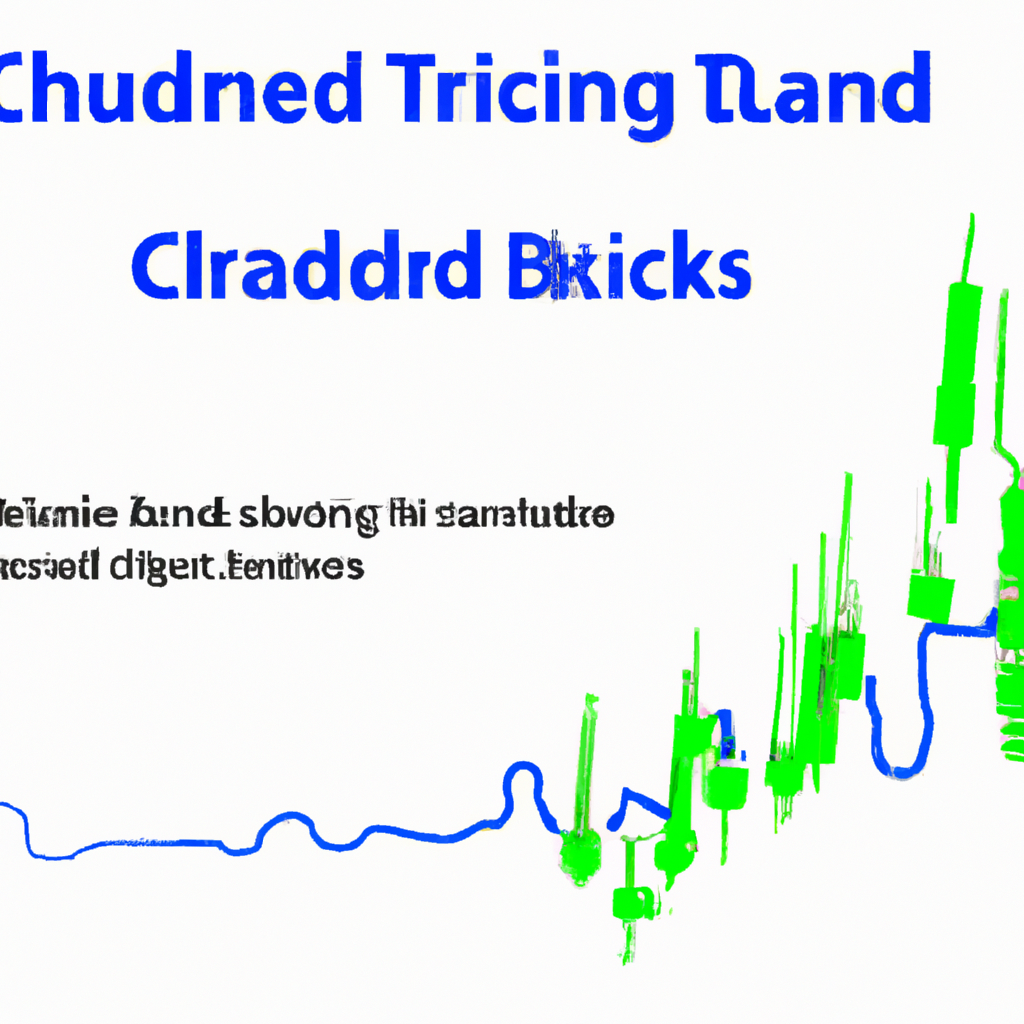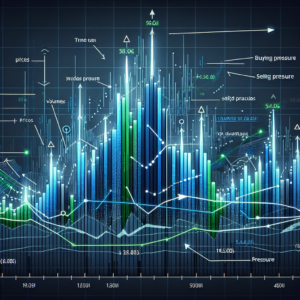
Ichimoku Cloud Trading Signals: A Comprehensive Guide
Introduction
The Ichimoku Cloud, also known as Ichimoku Kinko Hyo, is a popular technical analysis indicator used by traders to identify potential buy and sell signals in the financial markets. Developed by Japanese journalist Goichi Hosoda in the late 1930s, this versatile tool provides a holistic view of price action, trend direction, and support/resistance levels. In this article, we will delve into the various trading signals generated by the Ichimoku Cloud and how they can be effectively utilized.
The Components of Ichimoku Cloud
Before we explore the trading signals, it is crucial to understand the components of the Ichimoku Cloud. The indicator comprises five lines, each providing distinct information:
1. Tenkan-sen (Conversion Line): This line represents the average of the highest high and lowest low over a specific period, typically nine periods. It is often used to identify short-term trend reversals.
2. Kijun-sen (Base Line): Similar to the Tenkan-sen, the Kijun-sen calculates the average of the highest high and lowest low, but over a longer period, usually 26 periods. It helps determine the medium-term trend.
3. Senkou Span A (Leading Span A): This line is formed by plotting the average of the Tenkan-sen and Kijun-sen, shifted forward by 26 periods. It acts as the first boundary of the Ichimoku Cloud.
4. Senkou Span B (Leading Span B): Like Senkou Span A, this line represents the average of the highest high and lowest low, but over a longer period of 52 periods. It forms the second boundary of the Ichimoku Cloud.
5. Chikou Span (Lagging Span): The Chikou Span is the current closing price plotted 26 periods behind. It helps traders identify potential support/resistance levels.
Trading Signals Generated by Ichimoku Cloud
The Ichimoku Cloud generates several trading signals that traders can use to make informed decisions. Let’s explore some of the most common signals:
1. Tenkan-sen and Kijun-sen Crossover: When the Tenkan-sen crosses above the Kijun-sen, it indicates a bullish signal, suggesting a potential uptrend. Conversely, a bearish signal occurs when the Tenkan-sen crosses below the Kijun-sen, indicating a possible downtrend.
2. Kumo Breakout: The Kumo, or the area between Senkou Span A and Senkou Span B, acts as a support/resistance zone. When the price breaks above the upper boundary of the cloud, it generates a bullish signal. Conversely, a bearish signal is generated when the price breaks below the lower boundary of the cloud.
3. Chikou Span Confirmation: The Chikou Span can be used to confirm other signals generated by the Ichimoku Cloud. If the Chikou Span crosses above the price, it reinforces a bullish signal. Conversely, if it crosses below the price, it strengthens a bearish signal.
4. TK Cross: The TK Cross occurs when the Tenkan-sen crosses above or below the Kijun-sen. A bullish signal is generated when the Tenkan-sen crosses above the Kijun-sen, indicating a potential buying opportunity. Conversely, a bearish signal occurs when the Tenkan-sen crosses below the Kijun-sen, suggesting a potential selling opportunity.
Conclusion
The Ichimoku Cloud is a powerful technical analysis tool that provides traders with valuable insights into market trends, support/resistance levels, and potential trading opportunities. By understanding the various trading signals generated by the Ichimoku Cloud, traders can enhance their decision-making process and improve their overall trading performance. However, it is essential to combine these signals with other technical and fundamental analysis to increase the probability of successful trades. Remember, practice and thorough analysis are key to mastering the art of Ichimoku Cloud trading.





